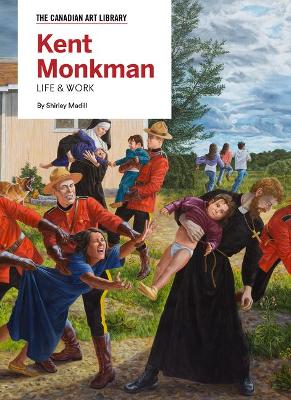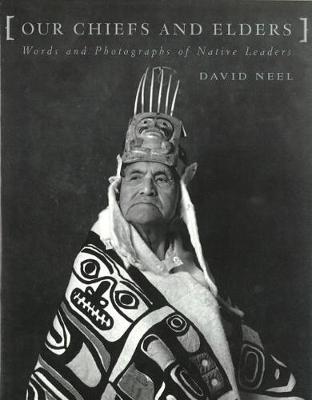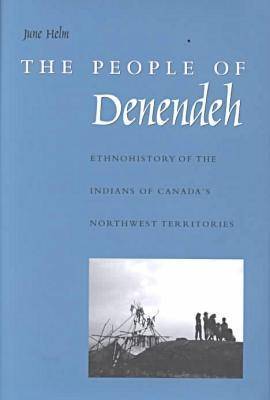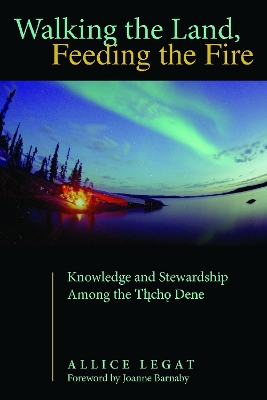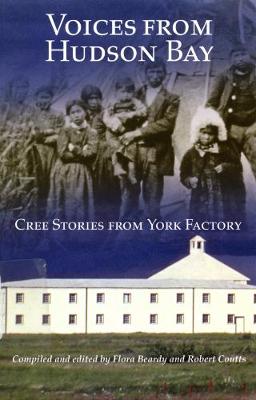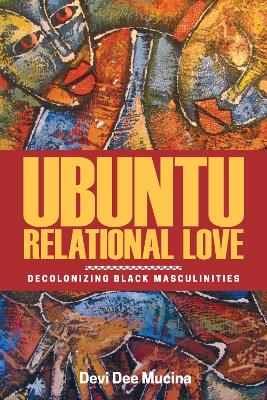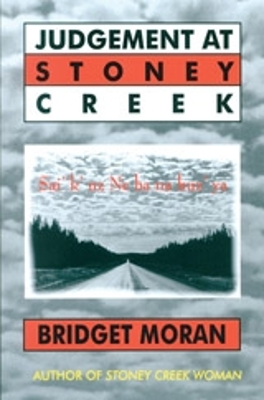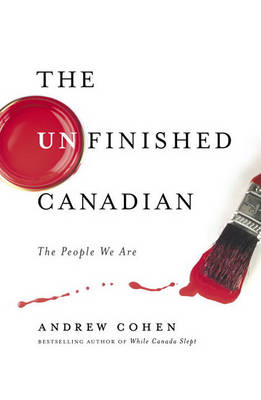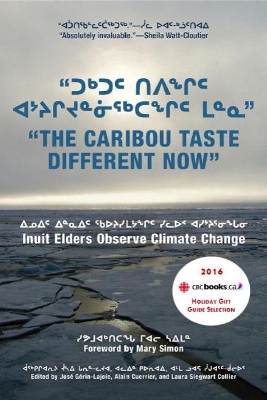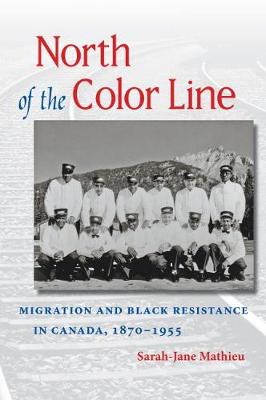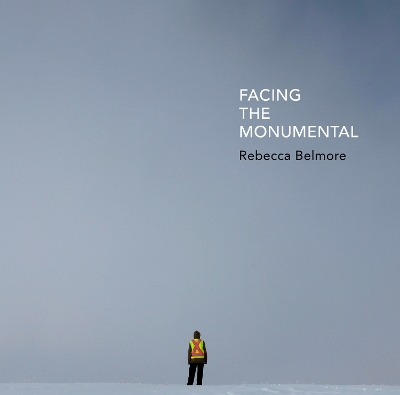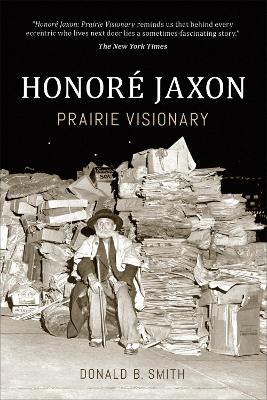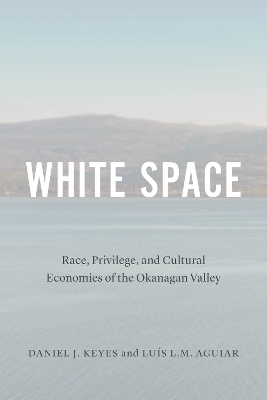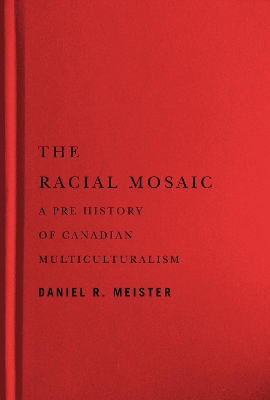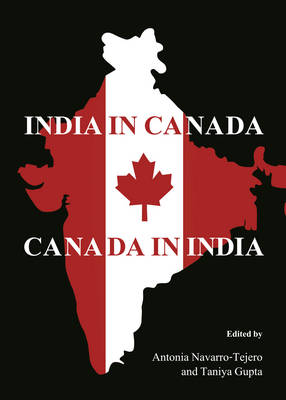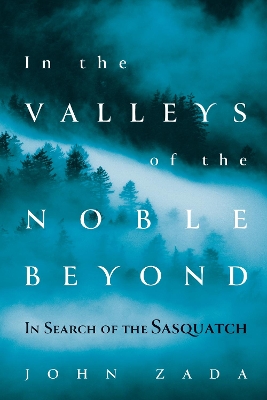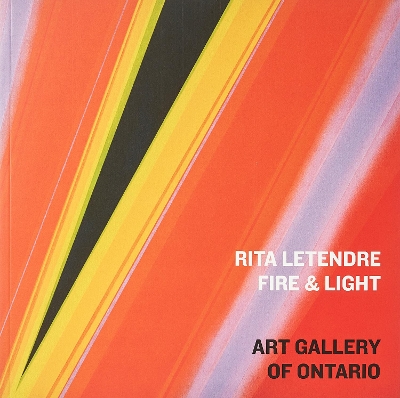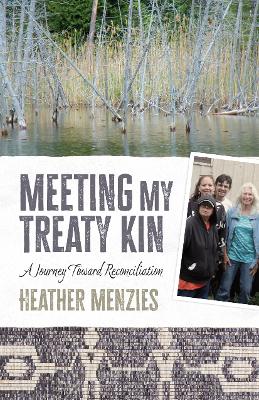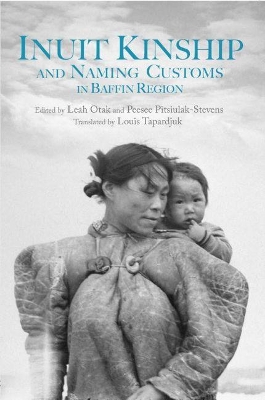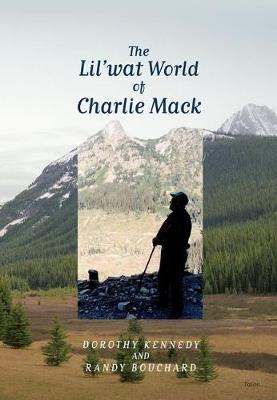Our Chiefs and Elders (School of American Research Advanced)
by David Neel
This series of portraits of British Columbia Native chiefs and elders counters earlier depictions of "noble savages" or representatives of a "vanishing race". David Neel's photographs and conversations with his own people introduce us to a group of individuals who know who they are and whose comments on the present, coupled with their perspectives from the past, reveal a people who have a rich and unique heritage while fully realizing that they are living in the latter part of the 20th century....
For fifty years anthropologist June Helm studied the culture and ethnohistory of the Dene, "The People," the Athapaskan-speaking Indians of the Mackenzie River drainage of Canada's western subarctic. Now in this impressive collection she brings together previously published essays--with updated commentaries where necessary--unpublished field notes, archival documents, supplementary essays and notes from collaborators, and narratives by the Dene themselves as an offering to those studying North A...
Voices from Hudson Bay (Rupert's Land Record Society, #5)
by Flora Beardy and Robert Coutts
The era the elders describe, from the end of World War I to the closing of York Factory in 1957, saw dramatic changes - both positive and negative - to aboriginal life in the North. The extension of Treaty 5 in 1910 to include members of the York Factory band, the arrival of police and government agents, and the shifting economy of the fur trade are all discussed. Despite these upheavals, however, the elders' accounts demonstrate the continuity of northern life in the twentieth century, from the...
Ubuntu is a Bantu term meaning humanity. It is also a philosophical and ethical system of thought, from which definitions of humanness, togetherness, and social politics of difference arise. Devi Dee Mucina is a Black Indigenous Ubuntu man. In Ubuntu Relational Love, he uses Ubuntu oratures as tools to address the impacts of Euro-colonialism while regenerating relational Ubuntu governance structures.Called 'millet granaries' to reflect the nourishing and sustaining nature of Indigenous knowledge...
The award-winning, bestselling author of While Canada Slept gives his view of a country wasted on Canadians. What is national character? What makes the Americans, the British, the French, the Russians, and the Chinese who they are? In this homogenized world, where globalization is a byword for a deadening sameness, why do peoples who live in the same region, use the same money, read the same books, and watch the same movies remain different from one another? As much as Canada may be seen as a...
"The Caribou Taste Different Now"
In full colour with photos of the 145 contributing Inuit elders, The Caribou Taste Different Now grounds the discussions, debates, and discourses about climate change to material and everyday life in the contemporary Canadian Arctic. Climate change is expected to have a particular impact on the Arctic regions of the world. Melting permafrost, changing wildlife migration patterns, and new species of flora and fauna threaten to forever change the landscape and lives of the North. In this book, I...
The aboriginal people of Australia, Canada, and New Zealand became minorities in their own countries in the nineteenth century. The expanding British Empire had its own vision for the future of these peoples, which was expressed in 1837 by the Select Committee on Aborigines of the House of Commons. It was a vision of the steps necessary for them to become civilized, Christian, and citizens - in a word, assimilated. This book provides the first systematic and comparative treatment of the social p...
North of the Color Line examines life in Canada for the estimated 5,000 blacks, both African Americans and West Indians, who immigrated to Canada after the end of Reconstruction in the United States. Through the experiences of black railway workers and their union, the Order of Sleeping Car Porters, Sarah-Jane Mathieu connects social, political, labor, immigration, and black diaspora history during the Jim Crow era. By World War I, sleeping car portering had become the exclusive province of blac...
Facing the monumental issues of our time. In a 2012 performance piece, Rebecca Belmore transformed an oak tree surrounded by monuments to colonialism in Toronto's Queens Park into a temporary "non-monument" to the Earth. For more than 30 years, she has given voice in her art to social and political issues, making her one of the most important contemporary artists working today. Employing a language that is both poetic and provocative, Belmore's art has tackled subjects such as water and land r...
Born in 1861 to a Methodist family, William Henry Jackson grew up in Ontario before moving to Prince Albert, Saskatchewan, where he sympathized with the Métis and became personal secretary to Louis Riel. After the Métis defeat a Regina court committed the young English Canadian idealist to the lunatic asylum at Lower Fort Garry. He eventually escaped to the United States, joined the labour union movement, and renounced his race. Self-identifying as Métis, he changed his name to the French-soundi...
White Space
Much attention has been paid to the changing culture and construction of the Canadian metropolis, but how are the workings of whiteness manifested in rural-urban spaces? White Space analyzes the dominance of whiteness in the Okanagan Valley of British Columbia to expose how this racial notion continues to sustain forms of settler privilege. Contributors to this perceptive collection move beyond appraising whiteness as if it were a solid and unshakable category. Instead they powerfully demonstrat...
Home Game delves into hockey in all its incarnations, from life in a small hockey community and the dreams of amateurs determined to reach the NHL to the reminiscences of players involved in the 1972 Canada-Soviet series. By exploring hockey’s significance to our nation, Dryden and MacGregor help to define what it means to be Canadian. On publication, Home Game shot to the top of the bestseller lists, establishing itself as a must-read for every hockey fan. The lavish book, with nearly 100 f...
Canada is often considered a multicultural mosaic, welcoming to immigrants and encouraging of cultural diversity. Yet this reputation masks a more complex history. In this groundbreaking study of the pre-history of Canadian multiculturalism, Daniel Meister shows how the philosophy of cultural pluralism normalized racism and the entrenchment of whiteness.The Racial Mosaic demonstrates how early ideas about cultural diversity in Canada were founded upon, and coexisted with, settler colonialism and...
India in Canada
This book is a collection of articles written by international members of the Spanish Association for Interdisciplinary India Studies, a scientific organization dedicated to the development of studies on India from an interdisciplinary perspective, and which seeks to promote cultural and scientific relations between India and Spain.It covers many areas of the Humanities such as literature, film studies, history, and literary theory from an Indo-Canadian perspective. The book is divided into two...
Set in a wild and immaculate landscape threatened by industry and environmental degradation, a compassionate and gripping exploration of one of the world's most baffling mysteries-the existence of the Sasquatch On the central and north coast of British Columbia, the Great Bear Rainforest is the largest intact temperate rainforest in the world, containing more organic matter than any other terrestrial ecosystem on the planet. The area plays host to a wide range of species, from thousand-year-o...
Critically acclaimed Rita Letendre is one of the most eminent living abstract artists. Her painting career began in Montreal in the 1950s, when she associated with Quebec's Automatistes and Plasticiens. Often the sole female artist in their group shows, she broke away from their approach to painting. Seeking to express the full energy of life and harness in her powerful gestures an intense spiritual force, Letendre worked with oils, pastels, and acrylics, using her hands, palette knife, brushes...
Can Indigenous and non-Indigenous people live in a treaty relationship despite over 200 years of social, cultural, and political alienation? This is the challenge of reconciliation – and its beautiful promise. Twenty-five years after the Ipperwash crisis, writer and social activist Heather Menzies showed up in Nishnaabe territory in Southwestern Ontario, near where her forebears settled, hoping to meet her would-be treaty kin. She was invited to help document the broken-treaty story behind the...
Inuit Kinship and Naming Customs in Baffin Region
Traditionally, Inuit do not call each other by their given names. Instead, a system of kinship and family terms is used, known as tuqlurausiit. Calling friends, family, and community members by kinship terms is a way to show respect and foster closeness within families. Children were named after their elders and ancestors, ensuring a long and healthy life. As more and more Inuit refer to each other by their English first names, rather than their traditional kinship terms, the tradition of tuq...
When Annie Pootoogook won the Sobey Art Award in 2006, she cracked the glass ceiling for Inuit art, securing its place in contemporary Canadian art discourse and establishing herself as an artist of international importance. Her achievement sparked critical discussion around contemporary art as well as the absence, and growing presence, of Inuit art: an important conversation that continues to this day.The life and death of Annie Pootoogook is a story of national significance. The complex narrat...
